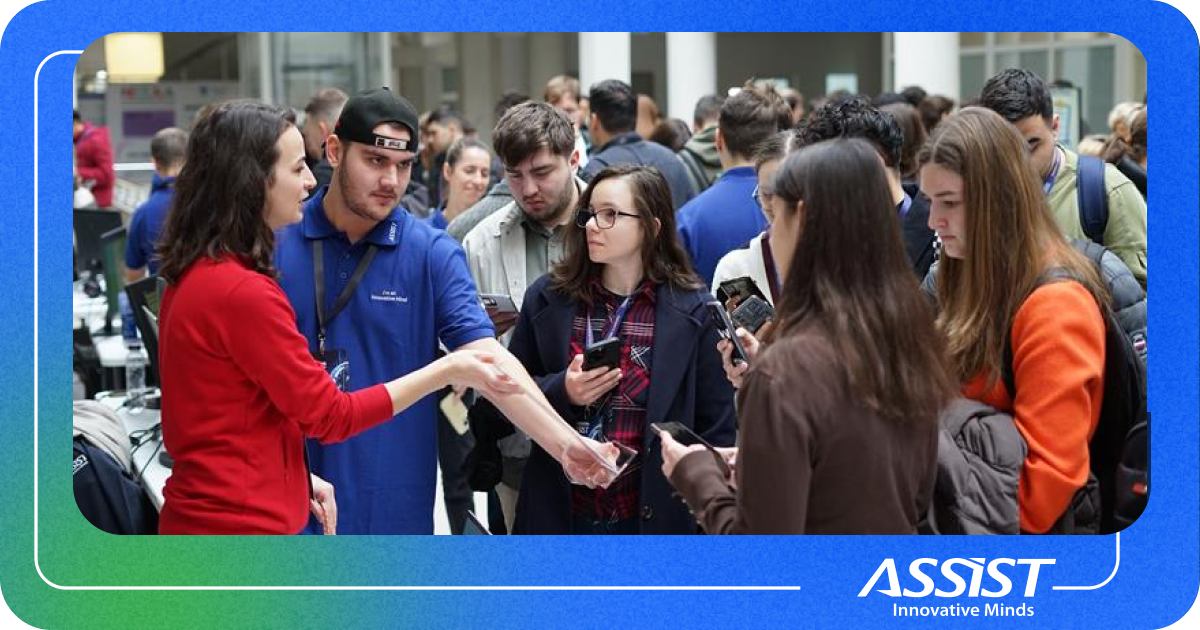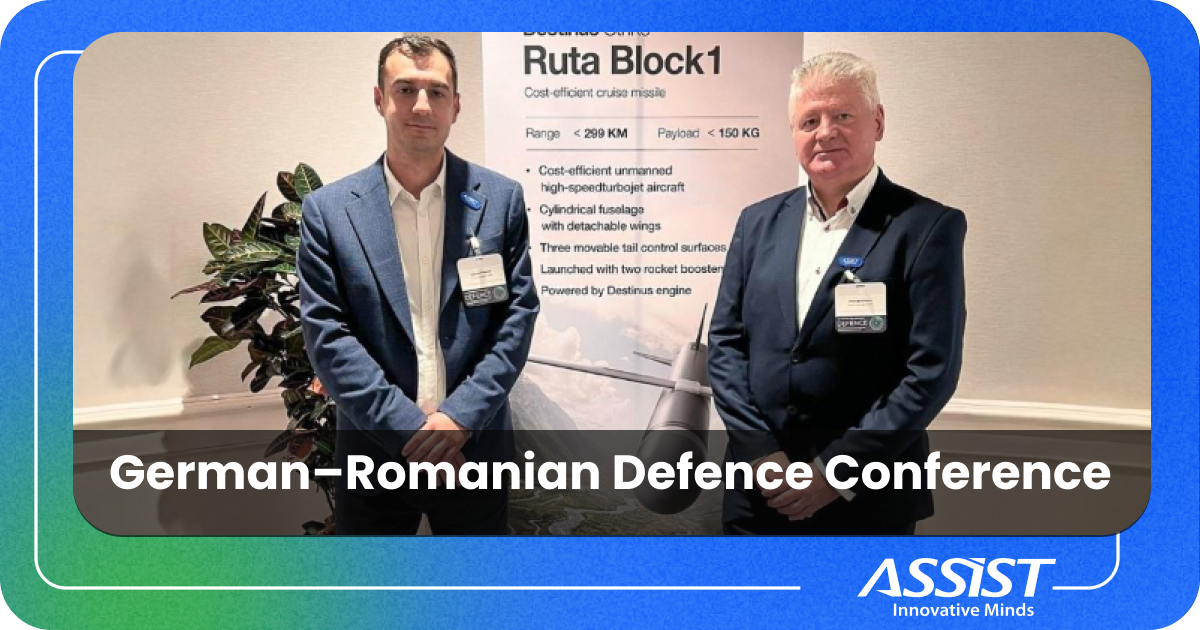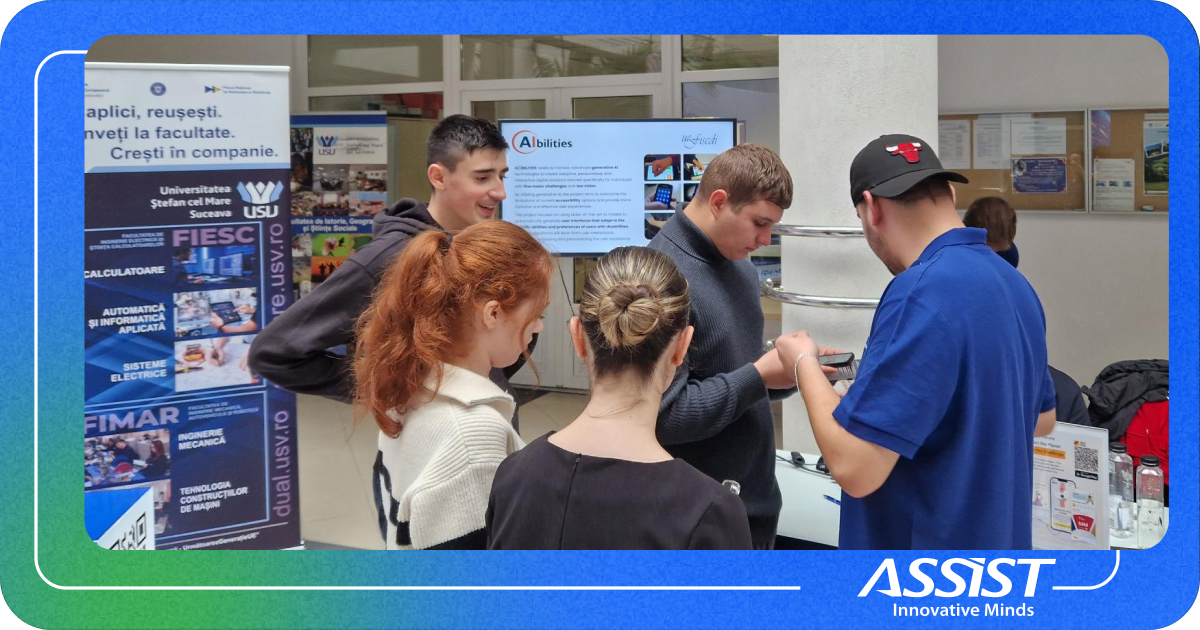The ASSIST Software team conquered the highest peak in the Călimani Mountains
Five years after our first hike in the Călimani Mountains, 50 members of the ASSIST Software team returned to the highest peak of this mountain range, Pietrosul Călimani (2100m). This time, we chose a shorter route that still demands a high level of physical effort and requires careful planning. While in 2019 we tackled a longer, more varied trail, this year we opted for the path starting from the old sulfur mine, ascending more directly to the summit, while enjoying the same striking views of the Carpathian ridges.

A volcanic plateau with stunning landscapes
The hike started at around 1550 meters altitude, near the old sulfur mining site. The trail covers approximately 13 kilometers round trip and took us about 6 hours, including rest and hydration breaks. The ascent is steady, with terrain alternating between low vegetation, rocky surfaces, and open areas exposed to sun and wind.
Once we passed the bush area and the former mining plateau, the landscape opened up completely. Views of volcanic cliffs and the entire Călimani range offered a broad picture of this spectacular yet relatively unexploited part of the Carpathians. Weather conditions were ideal, with clear skies and comfortable temperatures even above 2000 meters. This allowed us to enjoy a relaxing moment on the 2,100-meter summit and take in a full 360-degree panorama of the volcanic plateau.
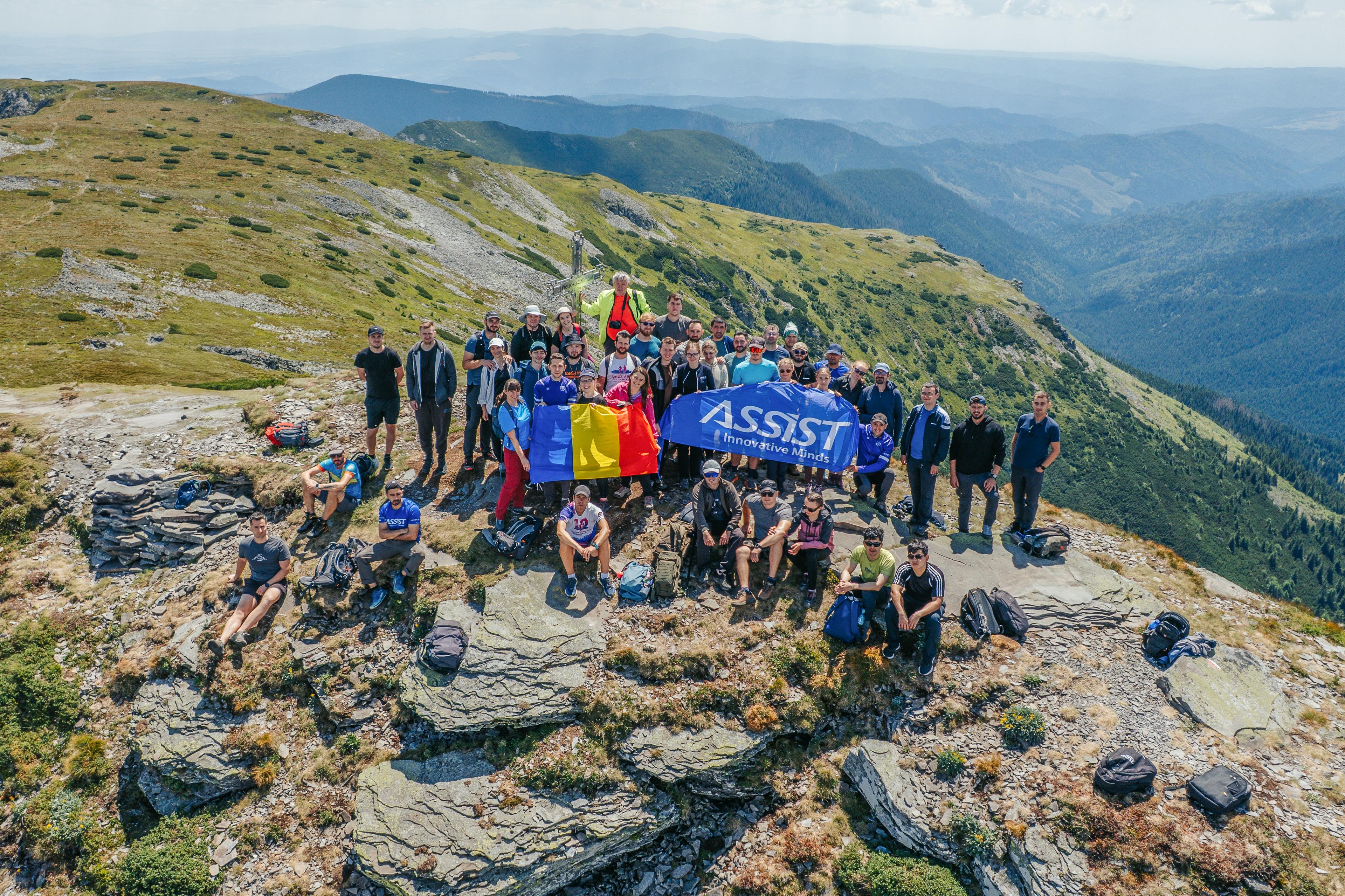
A challenging trail demanding teamwork
The landscape along the trail changed constantly, and the terrain forced us to stay focused on every step. In some sections, the trail becomes technical, especially where erosion has destabilized the ground, thus making foot stability a continuous concern. Despite the relatively short distance, the reality on the ground presented a higher level of difficulty.
For this adventure, we needed proper equipment (hiking boots, sun hat, lightweight clothes) along with good physical condition, especially for the final sections where the cumulative effort intensifies. The return trip along the same route was faster but equally demanding. Maintaining a steady pace and collaborating as a group helped us sustain an efficient dynamic all along the way. One of the key takeaways from this hike was that the performance of our team goes beyond the office walls, and it also applies to mountain trails, where quick decisions and mutual support are equally essential.
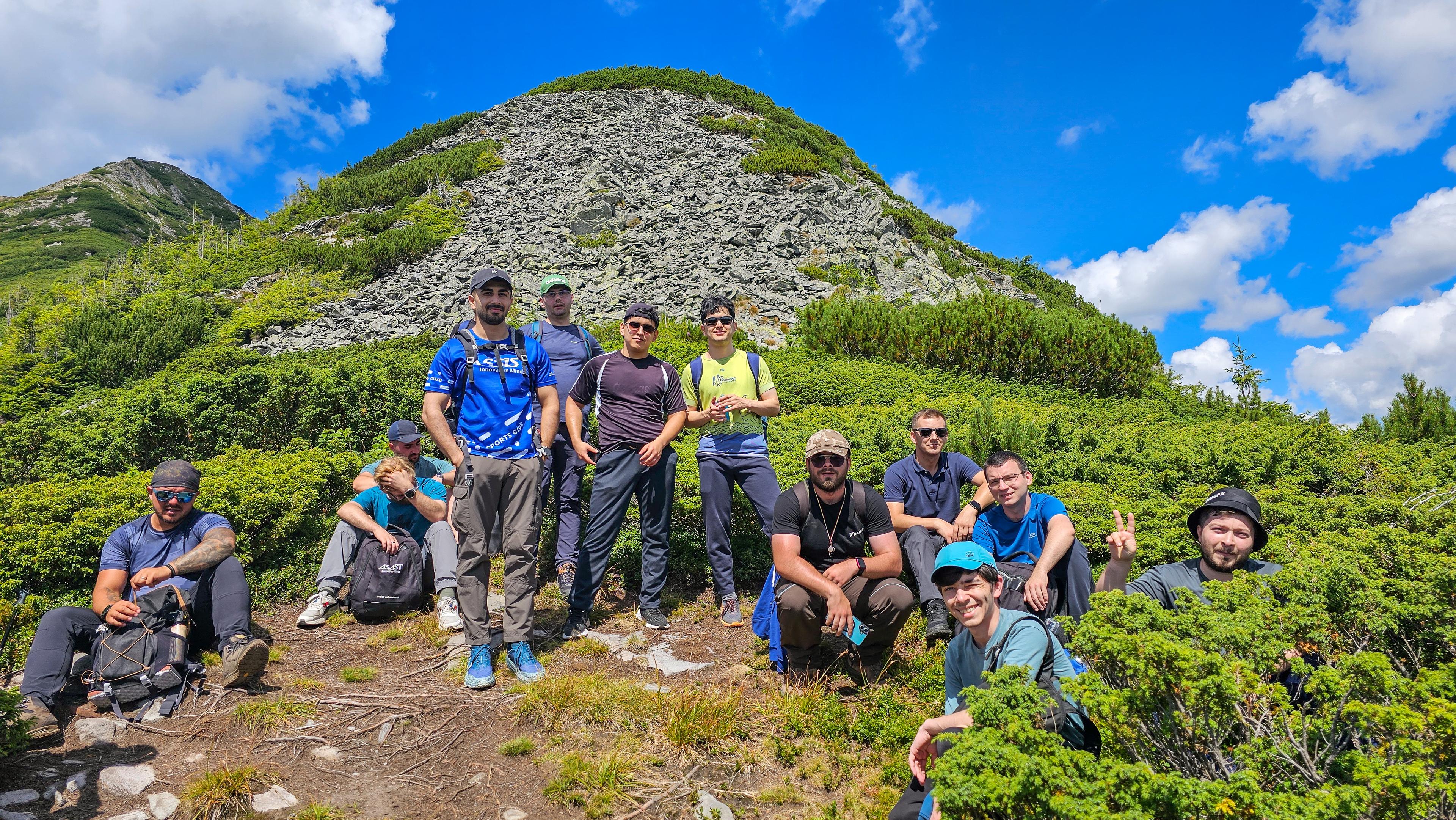
This hike offered a great balance between physical effort and visual reward. The challenging trail was an opportunity to step completely out of our routines and unite our strengths toward a common goal. To mark our achievement, we gathered for a meal at a restaurant in Vatra Dornei. That’s where we recharged our batteries and shared impressions from the trail. The end of the day found us tired but with a feeling of accomplishment and new plans to explore more mountain trails together.
